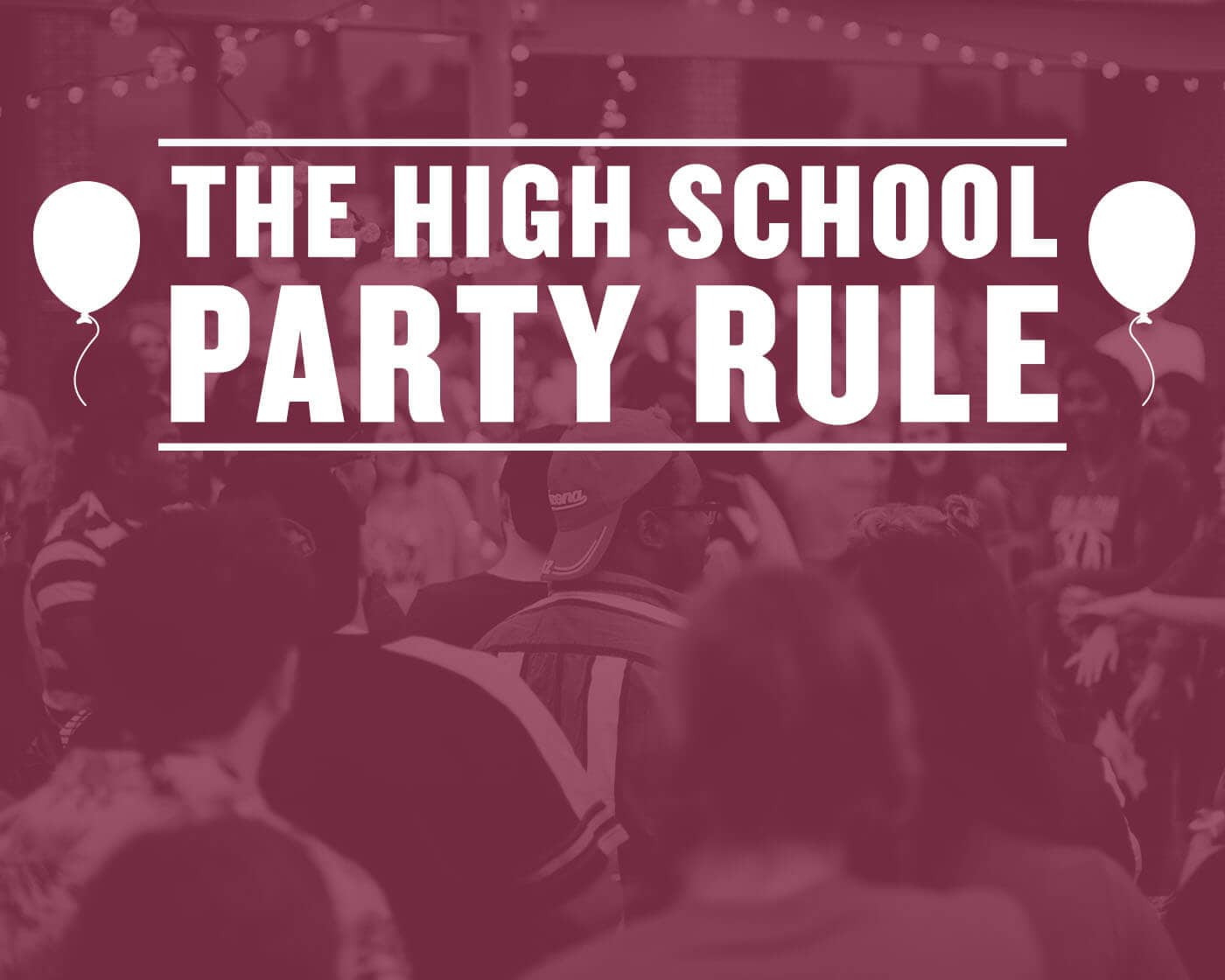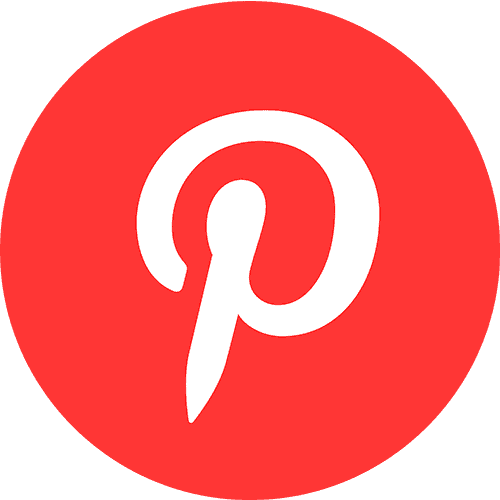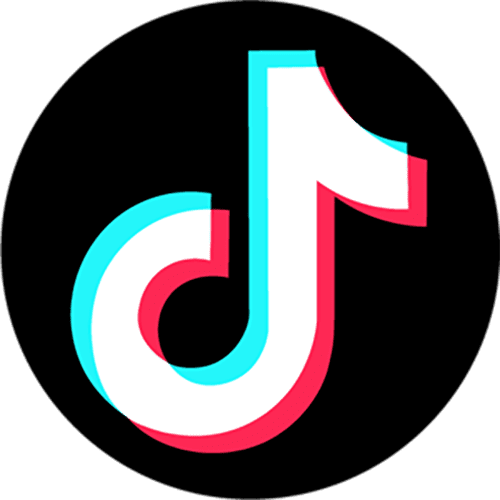When enterprise companies ask me what B2B marketing strategies they should leverage, I always tell them the same thing:
The “High School Party” Strategy.
Think back to high school…
For a lot of “mid-tier” popular kids — kids who weren’t the coolest — an incredible opportunity came up in during sophomore or junior year.
If their parents traveled a lot, weren’t home much, or just didn’t care, they had the ability to host parties for the cool kids. And that made them dramatically more popular over the years because the popular kids needed a place to hang out.
Many of them started out say, “lower middle class” in terms of popularity. But they rose from that level to the top 5-10%.
These kids weren’t necessarily built to be popular on their own, but “hacked the system” and figured out how to elevate their brand. You might know a few kids like this if you think back to high school. You might have even been that kid yourself.
(Not that popular high school kids are necessarily “better” humans — they were just good at figuring out the game).
What people don’t realize is… same thing applies to B2B marketing. Imagine if you could be the “popular kid” among your clients and customers — and get them to give you business on the back of that popularity.
You can get to that level faster than you think.
Social media marketing has made B2B advertising so much easier – yet most companies in the space just don’t see it. In B2B, you know exactly who you’re targeting. You know exactly whose business you’re trying to get and what they look like.
And you can target that exact person through Facebook ads, Instagram ads, or LinkedIn.
The best way to do it is through the “High School Party” Strategy.
It’s what I want you to do in 2019.
Here’s how you can apply it B2B (and high ticket B2C), plus other marketing tactics you could use to grow your business:
1. Host small in-person events using social media
Leveraging Facebook ads, Instagram ads, and LinkedIn to create and promote in-person events is an unbelievable opportunity.
You can position the event however you want.
If it were me, I would do it around wine because that’s authentic to me. But you could host a dinner, a golf competition, or a number of other things.
Here’s a very tactical example of how you would do this if you had a business that sells to dance studios:
Step 1: Run ads at low cost
On Facebook, the broader your reach is, the lower your cost will be generally speaking. Pick an area to host your event that has a lot of “ideal clients”, so you can run ads at a lower cost.
If you have a business that sells to dance studios, pick an area with a lot of dance studios. To target people who own the studios, you might target people within a certain radius who are admins of a Facebook business page who are also interested in dance.
Step 2: Record an authentic video ad
Record a video straight from your phone or webcam. Keep it as authentic as possible.
Say something like this:
“Hey Phoenix, I’m going to be in your city soon! We rented out a room at Johnny’s Steakhouse — I’ve seen the great Yelp reviews and I’ve been wanting to go there for a while. We got some incredible food and wine, and we’re going to be putting on a 20-person dinner where we’re going to talk about the state of the union of dance studios.
Things like opportunities in social media, how to make more margin, how the TV shows have affected us, the macro trends, and more.
My family’s been in this business for 35 years, and I’ve worked in it for 15. I think we’ll have an awesome conversation.
Please fill out the form and I will pick 20 of you to join us for a private dinner. Can’t wait to see you!”
The reason I’m such a big fan of “raw” content is that people can tell that you’re being “you.” This is super important on a platform like Facebook where your content does both branding and sales (so you don’t hurt your brand while you’re trying to convert).
Step 3: Put all the information in the copy
Include the event details plus the Google Form in the copy of the post.
Step 4: Design the survey with an open-ended question
In the Google Form, include one open ended question where the answer will give you an indication as to whether or not you can convert them.
You can invite the people who give the “right” answer to this question to your event.
Step 5: Host the party with a captive audience
Let’s say you spend $500 on Facebook ads, and pick up a $1000 tab at the end of the dinner. For $1500 all-in you’ve got a captive audience where you’re the host of the party!
Hosting the event doesn’t have to be super complicated either.
If you’re introverted, you could literally prepare note cards in advance, and start the event by saying something like “Thanks for coming guys. Today we’re going to talk about the state of the union of dance studios. Let’s go around the room and share our two cents.”
As long as people get value out of the event, you’ve won because they’ll remember you as the host.
2. Start a niche podcast
People in B2B always complain about not being able to “go wide” when they create content. But the truth is, many B2B companies don’t need to go wide. Even if you have 1500 people listening to your niche podcast, that could be enough to do millions of dollars a year in revenue!
If you’re the host of a small podcast in a niche, and you’re reaching out to experts or thought leaders and asking them to be clients on your show, you’re essentially “inviting” them to your party.
You’re telling them that they’re valuable enough to be on your show, and it plays to their ego. You get a valuable guest, and they get to send a link to their buddies from college that they were on a podcast.
And you’ll be stunned by how much easier it becomes to get their business. If you’ve got a popular podcast in a narrow niche and your guests are senior execs at the companies you’re trying to do business with, they’ll be so happy to be “fake famous” that they’ll just give you the business.
Hosting an event or “owning” the medium (i.e. podcast, vlog, etc) where the popular kids (i.e. the people you want to get as clients) want to hang out is an unbelievable arbitrage in 2019.
The host always wins the land grab.
3. Focus on what your customer wants, not just on the service you provide
These next two points aren’t directly related to the “high school party” concept but it’s still something I really believe in for B2B companies.
A few years ago, a lawyer asked me how she could leverage content to grow her business.
The answer I gave her surprised her a little bit, but it’s still so true – even in 2019.
Take Guinness beer, for example.
Guinness beer had a problem about 60 years ago. Their sales in pubs in the UK declined for the first time ever and they had to figure out a new strategy.
They went out and did old school market research and surveyed people in bars. Guinness found out that the two biggest things people talked about were soccer and trivia.
So they created the Guinness Book of World Records.
They started a “media company” to solve their problem. By owning the media company that produced content that people at pubs consumed, they were able to “bake in” advertisements that increased beer sales in pubs.
I told the lawyer to do something similar. I told her to become a media company.
But instead of just putting out content around legal topics, I told her to think about putting out content around topics that her clients would be interested in – and advertise her business natively within that content every now and then.
For example, she could start a golf website that covers golf topics, and advertise her legal business in every seventh post in the form of “branded content.”
Guinness was early, but I fundamentally believe that this is going to be the blueprint of how companies in the future do business.
4. Create “pillar content”
I put out an 86-page slide deck around my content strategy.
Think about “pillar content” as one long-form video/audio show from which all other content is derived.
For me, my “pillar content” is DailyVee on YouTube. It’s a “documentation” of my life as an entrepreneur and operator. From there, I create short form pieces of content that are repurposed from DailyVee — this includes articles, memes, mashups, images, and more.

Source: GaryVee Content Strategy
After that, I’ll distribute content across all my social channels.
I believe in this strategy so much for B2B companies. Even though you’re selling to businesses, you’re targeting human decision makers. And humans will respond to your content.
It doesn’t matter if you don’t have a team. Think about how you can create as much content with the resources you have. Maybe you can’t produce 100+ pieces of content as I do, but maybe you could do 50. Maybe you could do 10. Maybe you can only do 1 right now.
Whatever it is, please understand that putting out any content (even if it’s totally unrelated to your niche) is better than not putting out anything at all. And too many people think it’s the reverse.
Being the “host” of a vlog, podcast, or show that people in your industry consistently consume will give you massive leverage with the decision makers in your space.












Herpafend
Sight care
NATURAL MOUNJARO
Sight care review
Aqua Sculpt
Lotto champ
Lotto cham review
This was such an interesting and well-written post! I really appreciate the insights you shared. It’s always great to come across content that is both informative and engaging. Looking forward to reading more from you.
Anime Shoes
Rbviet.net Rbesports – Điểm đến đáng tin cậy của cộng đồng cá cược esports, mang lại trải nghiệm mượt mà, giao dịch nhanh và dịch vụ chăm sóc khách hàng chu đáo. – 2025 March 28, 09:38
Профессиональный сервисный центр по ремонту бытовой техники с выездом на дом.
Мы предлагаем:сервисные центры в москве
Наши мастера оперативно устранят неисправности вашего устройства в сервисе или с выездом на дом!
Rayesports.com Rayesports – Điểm đến đáng tin cậy của cộng đồng cá cược esports, mang lại trải nghiệm mượt mà, giao dịch nhanh và dịch vụ chăm sóc khách hàng chu đáo. – 2025 April 03, 17:55
Book a luxurious Brantford airport limo or Brantford taxi to Toronto Airport. We specialize in Pearson Airport transportation, ensuring every ride to YYZ Airport is prompt, stylish, and affordable.
Rbviet.net Rbviet – Điểm đến lý tưởng cho cá cược thể thao điện tử, đảm bảo bảo mật cao, giao dịch nhanh và trải nghiệm đặt cược mượt mà trên mọi tựa game đình đám. – 2025 April 10, 17:14
Zencortez
I want to use this medium to share my incredible manifesting with Dr. Kachi, who truly changed my life. For a long time, I struggled with homelessness after losing my job as a nurse. Life felt like an endless battle, and I spent many years trying to win the lottery, hoping for a better future. But despite my efforts, I had no success and was growing increasingly frustrated. That was until I came across an amazing testimony from a woman named Natasha, who shared how Dr. Kachi helped her win the National EuroMillions jackpot. I had always loved playing EuroMillions, but winning seemed impossible for me. However, after seeing Natasha’s story, I decided to reach out to Dr. Kachi prepared a special spell to help me with guaranteed lucky numbers. Within 24 hours, he provided me with the winning numbers and instructed me to play. To my amazement, I won £184.656 million in the EuroMillions! Thanks to Dr. Kachi, my life has been transformed, and my financial situation has changed for the better. I will never forget this joyful moment, as it has been the best thing to ever happen to me. If you’re struggling and seeking a way out, never give up. Dr. Kachi can help you, just as he helped me. Keep your faith and take a chance – your life could change too! contact his email drkachispellcast AT gmail. com or his phone text or call number: +1 (209) 893-8075